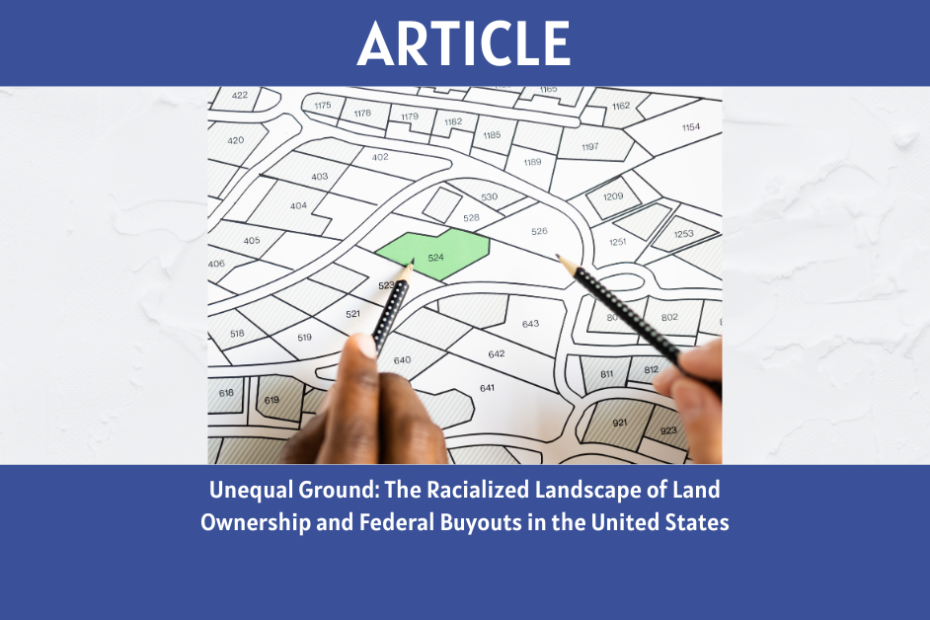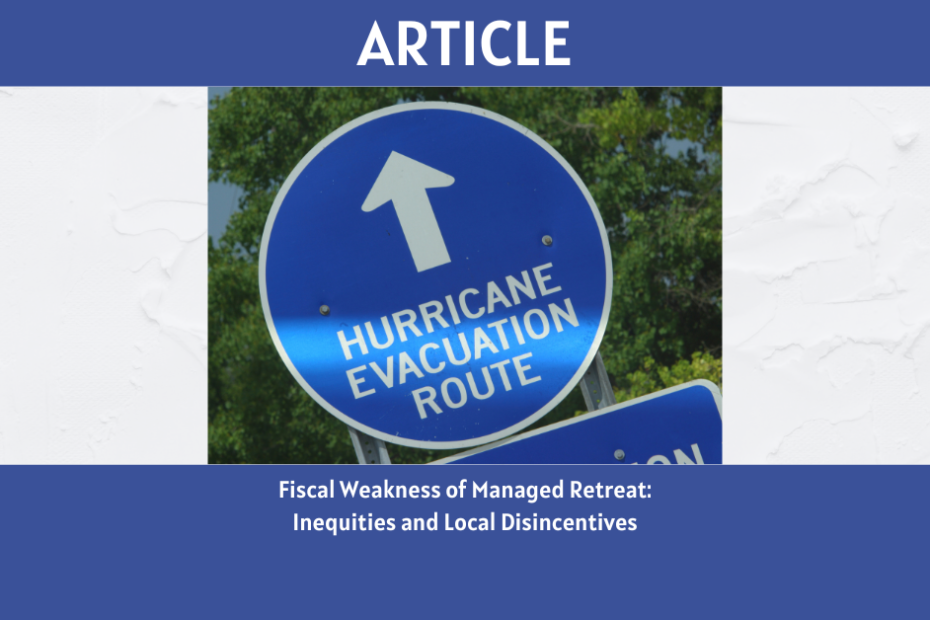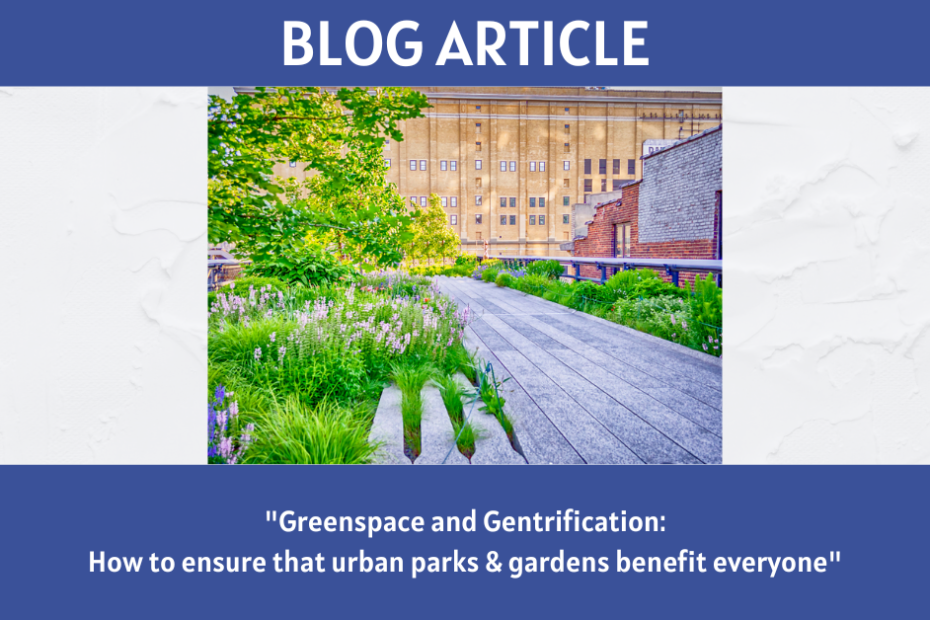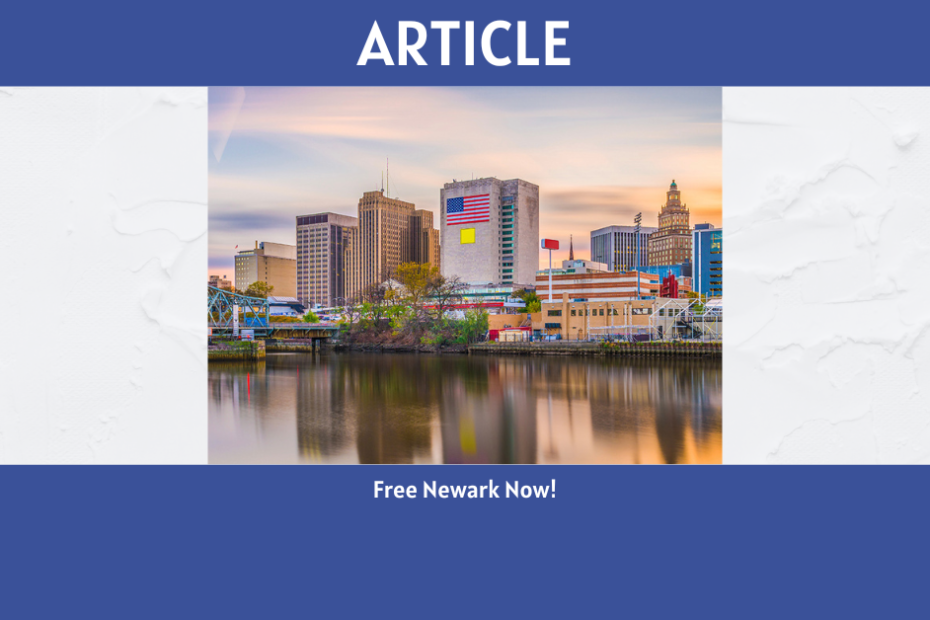Unequal Ground: The Racialized Landscape of Land Ownership and Federal Buyouts in the United States
In the face of climate change’s far-reaching impacts, the notion of land as an unyielding and permanent resource has been shattered and replaced by a landscape in flux. Rising sea levels, intensified flooding, and other climate-related events have cast a shadow over the stability of our land, compelling us to rethink our approaches and policies in response to these evolving challenges.
One such approach is managed retreat, a concept entailing the relocation of human settlements and infrastructure from vulnerable or high-risk areas due to environmental factors. Within managed retreat, various strategies are employed, including acquisition and buyouts, zoning and land-use regulations, land swaps, and community engagement.




